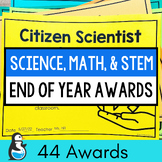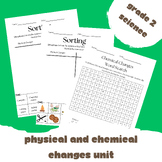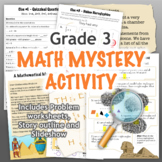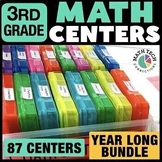33 results
3rd grade chemistry independent work packets
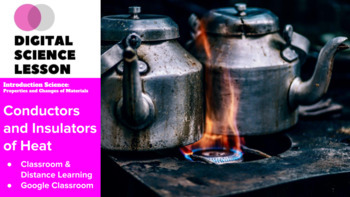
Conductors and Insulators of Heat (Hot, Cold, Materials, Thermal)
Materials that are good conductors of thermal energy are called thermal conductors. Metals are very good thermal conductors. Materials that are poor conductors of thermal energy are called thermal insulators. Materials such as plastic and wood are thermal insulators. Have you ever heard of thermal underwear? Some people wear it in the winter to keep themselves warm. Thermal underwear is a good insulator. Insulators are materials which do not conduct heat very well and so we can use them to contr
Subjects:
Grades:
3rd - 6th
Also included in: Properties and Changes of Materials: 9-Lesson Bundle (Amazing Value!)

Atoms: Protons, Neutrons, and Electrons Science Passages & Worksheets
Atoms: Protons, Neutrons, and Electrons Science Passages & WorksheetsResource includesInformational reading passagesMultiple Choice WorksheetsShort Answer Reponses WorksheetsTrue or False WorksheetFill in the Blank WorksheetGreat way to integrate Science and Nonfiction ReadingUsage ideas:Science UnitReading NonfictionPartner WorkGuided InstructionIndependent WorkEnrichmentReteachingHomeworkAdditional Resources:Solar System Mega PackPlanetsSun, Stars, & ConstellationsSedimentary RocksMeta
Subjects:
Grades:
2nd - 12th
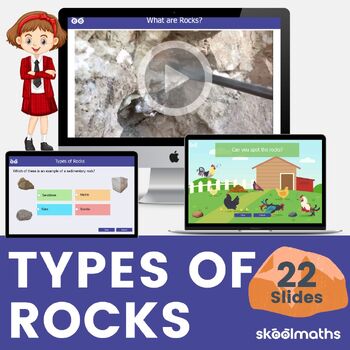
Types of rocks
Engage young minds with hands-on activities, colorful visuals, and interactive lessons that cover the different types of rocks - sedimentary, igneous, and metamorphic. From captivating rock identification games to dynamic experiments, this kit is tailored to make learning about rocks fun and memorable.
Subjects:
Grades:
2nd - 3rd

Common Science Tools and Equipment
This is a worksheet on the common lab tools and equipment. Each tool is labeled. Students choose from the list of functions and write the correct function on the box with the label. Four blank boxes are provided for additional tools/equipment.
Subjects:
Grades:
3rd - 8th
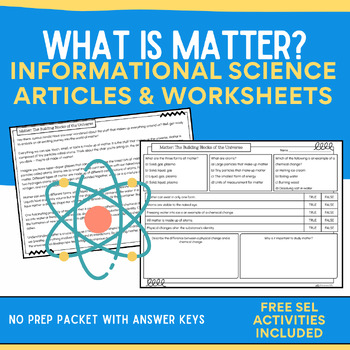
Matter {Physical Science} Informative Reading Passages, Worksheets, & Answer Key
This packet is designed to help students explore the fascinating world of matter in physical science. It includes two information passages that provide an overview of the topic, along with two worksheets to reinforce learning. Additionally, there are free bonus SEL and life skills activities to encourage students' emotional and social development.Information Passage 1: What is Matter?Matter is anything that has mass and takes up space.It can exist in three states: solid, liquid, and gas.Examples
Subjects:
Grades:
2nd - 8th
NGSS:
2-PS1-4
, 2-PS1-1
, 2-PS1-2
, 2-PS1-3
, 5-PS1-1
...
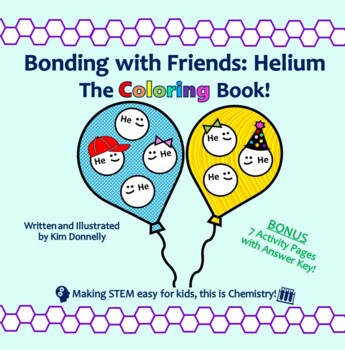
Bonding with Friends: Helium (STEM Nonfiction Story + Activity Book, NGSS, CCSS)
A rhyming chemistry story about helium and noble gases, a coloring book, and activity book with answer key all in one! A perfect STEM activity for kids in the classroom or at home! This covers reading, science, art, and poetry in one lesson that will keep students entertained while learning whether they are physically at school or doing distance learning. This not only has a science lesson but also an inclusive message which teaches kids that it is perfectly acceptable to be an introvert which i
Subjects:
Grades:
PreK - 5th
NGSS:
K-LS1-1
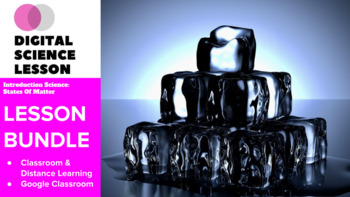
States of Matter: 4-Lesson Bundle (Superb Value!)
30% discount applied to this lesson bundle!INCLUDES SPECIAL BONUS TEMPLATE PACK FREE-OF-CHARGEThis is an superb-value lesson bundle of 4 student-focused, collaborative lessons based on the ‘States of Matter’ set of lessons.This bundle contains the following lessons:Solids, Liquids and GasesChanging State of MatterChanging State of Matter and TemperatureEvaporation and the Water CycleThis bundle also includes a special bonus product FREE-OF-CHARGE containing plenary, assessment and retrieval acti
Subjects:
Grades:
3rd - 6th
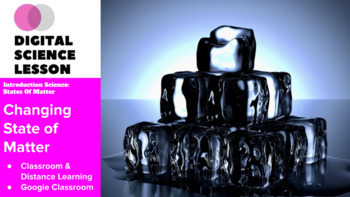
Changing State of Matter (Evaporation, Condensation, Freezing, Melting)
We can change a solid into a liquid or gas by changing its temperature. This is known as changing its state. Water is a liquid at room temperature, but becomes a solid (called ice) if it is cooled down. The same water turns into a gas (called water vapour) if it is heated up. Changes in state of matter only occur when the substance reaches a particular temperature. Water turns to ice at 32°F (0°C). This is known as its freezing point. Water turns to water vapour at 212°F (100°C). This is known a
Subjects:
Grades:
3rd - 6th
Also included in: States of Matter: 4-Lesson Bundle (Superb Value!)
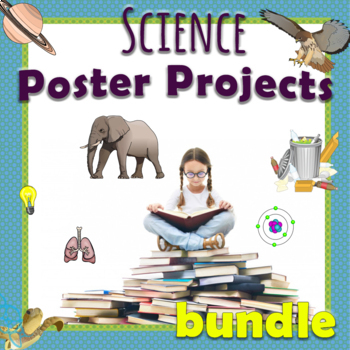
Science Projects Design a Poster Instructions, Grading Rubrics, Samples Included
Science Poster Making Projects is a collection of research-based projects to stimulate scientific knowledge flow and facilitate creative thinking, extensive research, and reading in your classroom. Each poster project is a guideline for designing a poster displaying the distinctive topic, whether it is about four fundamental states of matter or key characteristics of viruses. It is a bundle of cross-curricular activities to engage in project-based learning when building a strong foundation for s
Subjects:
Grades:
3rd - 8th

Properties and Changes of Materials: 9-Lesson Bundle (Amazing Value!)
30% discount applied to this lesson bundle!INCLUDES SPECIAL BONUS TEMPLATE PACK FREE-OF-CHARGEThis is an amazing-value lesson bundle of 9 student-focused, collaborative lessons based on the ‘Properties and Changes of Materials’ set of lessons.This bundle contains the following lessons:Properties of MaterialsConductors and Insulators of HeatConductors and Insulators of ElectricityMagnetic MaterialsTesting MaterialsMixing Materials and SolutionsSeparating MixturesReversible ChangesIrreversible Cha
Subjects:
Grades:
3rd - 6th
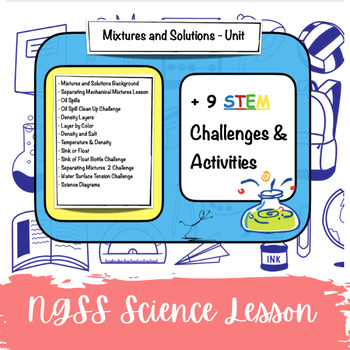
Matter and Its Interaction NGSS STEM Lesson & Challenges 5-PS1-4 and 4.5.B
Matter and Its Interaction NGSS STEM Lesson & Challenges 5-PS1-4 and 4.5.B cover topics of mixtures, solutions, sorting, floating, settling, sieving, filtration, distillation, and magnetic attraction. Great for teaching if an object sinks or floats, density layers, separation of mixtures, water surface tension and much more. This resource includes: Can you explain the difference between a mixture and a solution?Why do we say that solutions are chemically united? ReadingsExperimentsSeparatin
Subjects:
Grades:
3rd - 5th
NGSS:
5-PS1-3
, 5-PS1-4

Changing State of Matter and Temperature (Water, Iron)
Temperature tells us how hot or cold something is. Temperature has the single most important influence on the distribution of organisms because it determines the physical state of water. Most organisms cannot live in conditions in which the temperature remains below 0°C or above 45°C for any length of time. Temperature is also important because of its influence on water chemistry. The rate of chemical reactions generally increases at higher temperature. The temperature at which a substance chang
Subjects:
Grades:
3rd - 6th
Also included in: States of Matter: 4-Lesson Bundle (Superb Value!)
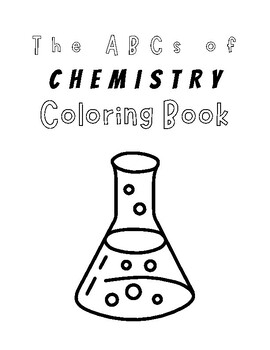
The ABCs of Chemistry Coloring Book
A fun and simple way to expose littles to Chemistry. A page for every letter with additional title pages. Easily print and staple!
Subjects:
Grades:
PreK - 5th
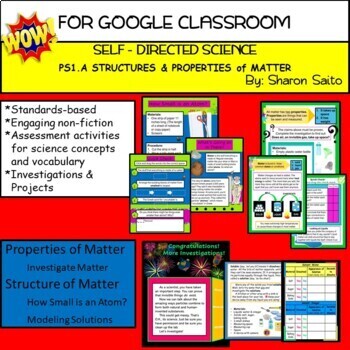
Physical Science Grades 3-5 Matter and its Interactions by Sharon Saito
These 5 investigations are closely aligned to the NGSS standards. The Google slides format makes it easy to assign to your Google Classroom. Capitalize on students love of science with engaging text, informative graphics, and simple, fun investigations. Excellent for distance learning, science centers, and whole group lessons. Formative assessments are embedded throughout so that you can assess your students' progress.
Grades:
3rd - 5th
NGSS:
5-PS1-3
, 5-PS1-4
, 5-PS1-1

Properties of Materials (Hardness, Transparency, Solubility)
All materials have properties and we can measure the differences between these properties. Different materials are good for different jobs based on their properties. Hardness is the ability of a material to resist being dented. Transparency is if a material allows light to pass through or not. Solubility is how easily a material will dissolve. Each material can be used to make a range of different things; for example, wood can be used to make tables, chairs, spoons, pencils, shoes, doors, floors
Subjects:
Grades:
3rd - 6th
Also included in: Properties and Changes of Materials: 9-Lesson Bundle (Amazing Value!)

Summer STEM Bundle STEM Challenges & Guide
Growing, 174 page STEM Bundle & Guide; Year worth of STEM challenges and activities; aligned with NGSSS; Cross curriculum for grades K-8;
Subjects:
Grades:
2nd - 5th

Matter for Beginners
This is a very comprehensive packet for the budding scientist. By the end they should be comfortable and understand the terms matter, mass, atom, proton, neutron, and electron. Some basic experiments and practice of basic skills.
Subjects:
Grades:
1st - 4th
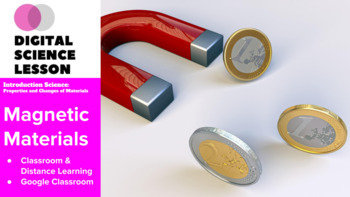
Magnetic Materials
Magnetism is the power to attract. It refers to the attraction to iron and other metals in electric currents and magnets. Iron is magnetic, so any metal with iron in it will be attracted to a magnet. Steel contains iron, so a steel paper clip will be attracted to a magnet. Magnetic materials are always made of metal, but not all metals are magnetic. Most other metals, for example aluminium, brass and copper, are not magnetic. Two metals that aren't magnetic are gold and silver. They are often us
Subjects:
Grades:
3rd - 6th
Also included in: Properties and Changes of Materials: 9-Lesson Bundle (Amazing Value!)
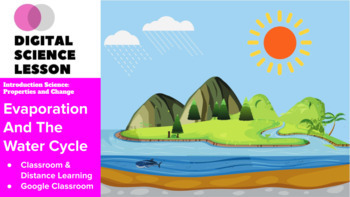
Evaporation And The Water Cycle (Temperature, Evaporation, Condensation)
The water cycle shows the continuous movement of water within the Earth and atmosphere. The water cycle describes how water evaporates from the surface of the earth, rises into the atmosphere, cools and condenses into rain or snow in clouds, and falls again to the surface. Evaporation is the process by which a liquid turns into a gas. It is also one of the three main steps in the global water cycle. Condensation is the process by which water vapour in the air is changed into liquid water. Conden
Subjects:
Grades:
3rd - 6th
Also included in: States of Matter: 4-Lesson Bundle (Superb Value!)
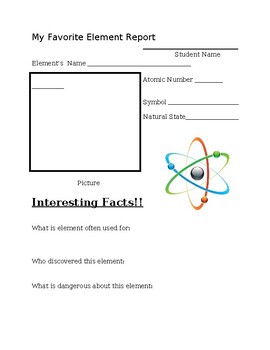
Element Report template (easy)
Easy report template for discovering the elements.
Subjects:
Grades:
2nd - 8th
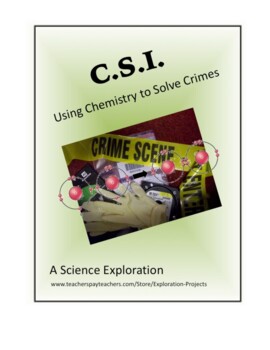
Science - Crime Scene Chemistry: Using Chemistry to Solve Crimes
Students will investigate how forensic investigators examine crime scenes and learn about the tools and skills they use to draw their conclusions. They will discover how important chemistry is to solving crimes in this introduction to forensics.This challenging activity includes detailed, student-friendly Steps to Success that lead the learner through the process of creating a high-level, quality independent project. To add rigor and thoughtfulness, students reflect on their Exploration by answe
Subjects:
Grades:
3rd - 8th

Separating Mixtures (Sieving, Filtering, Evaporation)
Mixtures can be separated by methods like sieving, filtering and evaporating. A mixture made of solid particles of different sizes, for example sand and gravel, can be separated by sieving. Filtering is when you separate a mixture of sand and water by passing it through a piece of filter paper. In filtering, the water is able to pass through the tiny gaps in the paper but the sand particles are too big and are left on the surface of the filter paper. By dissolving salt in water you make a soluti
Subjects:
Grades:
3rd - 6th
Also included in: Properties and Changes of Materials: 9-Lesson Bundle (Amazing Value!)

Mixing Materials and Solutions (Dissolving, Solution)
Mixing materials together forms a mixture where two or more substances are physically but not chemically combined and can be separated again by physical methods such as sieving, filtering, evaporating etc. When the mixture is a solid in a liquid it will either produce a solution or a suspension. A solution is clear and will never settle out, a suspension is cloudy and will eventually settle out. If the solid (solute) dissolves in the liquid (solvent), a solution is formed. Various factors that a
Subjects:
Grades:
3rd - 6th
Also included in: Properties and Changes of Materials: 9-Lesson Bundle (Amazing Value!)
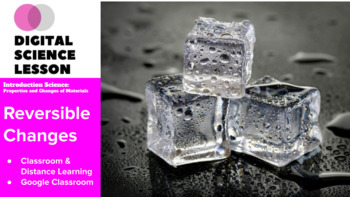
Reversible Changes (Changes of State, Mixing, Dissolving)
A reversible change is a chemical change where no new materials are created and the original material can be recovered. Examples of reversible change include freezing water to make ice or melting chocolate. Changes of state are reversible because heating ice turns into water then refreezing it turns it back to ice. Plastic is a material that can be made into almost any shape by heating it at a high temperature. Plastic goes through a reversible change when it is recycled. A plastic object’s orig
Subjects:
Grades:
3rd - 6th
Also included in: Properties and Changes of Materials: 9-Lesson Bundle (Amazing Value!)
Showing 1-24 of 33 results


